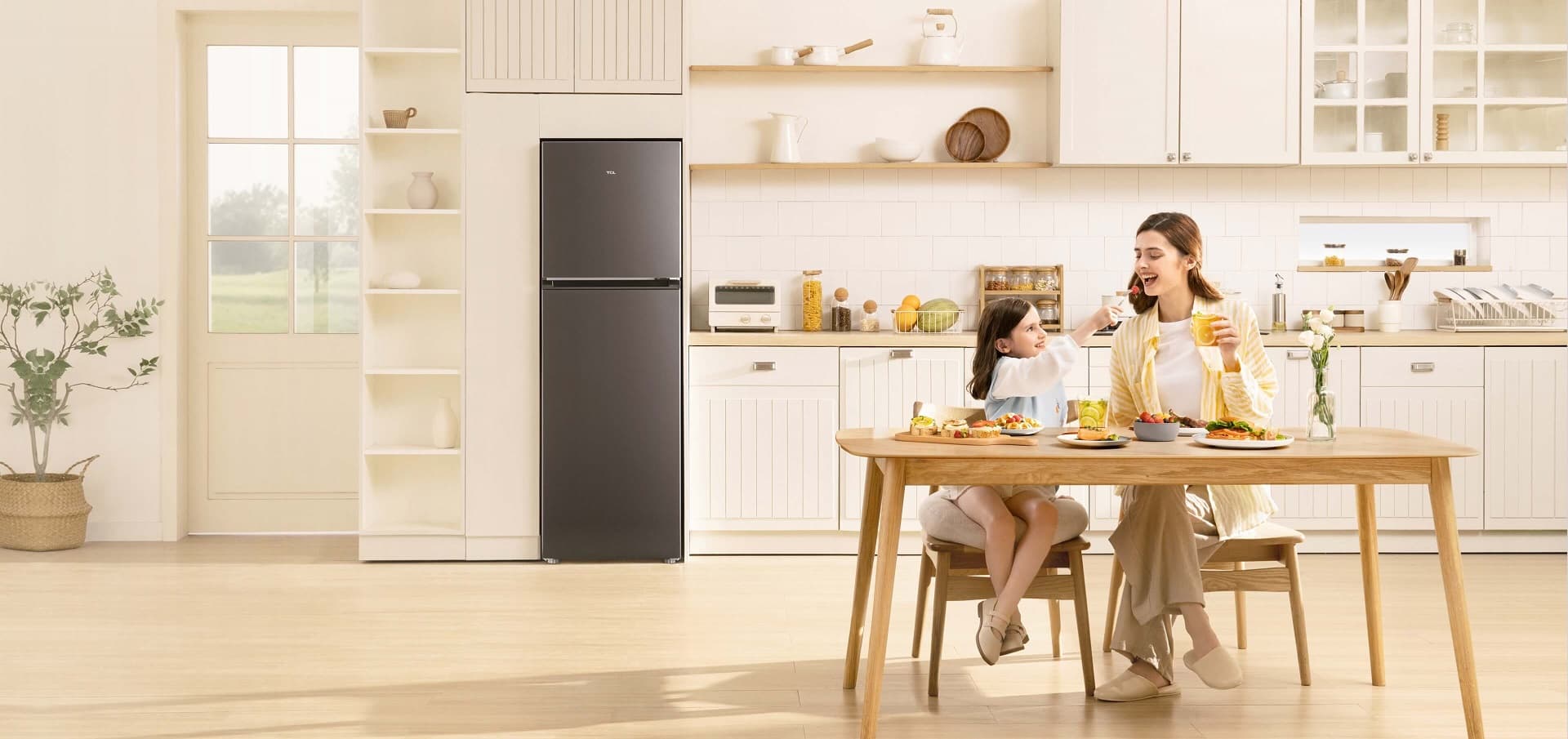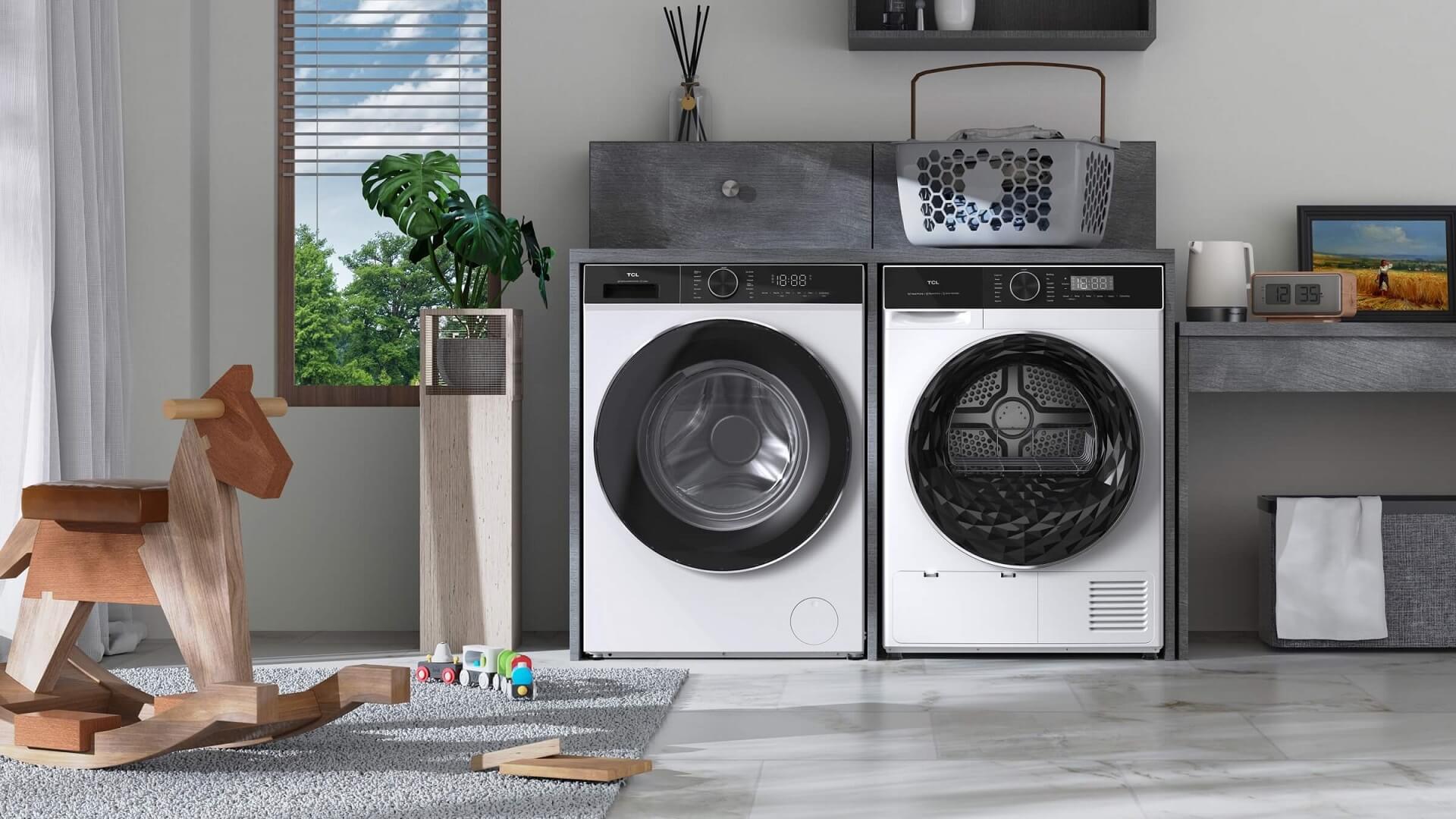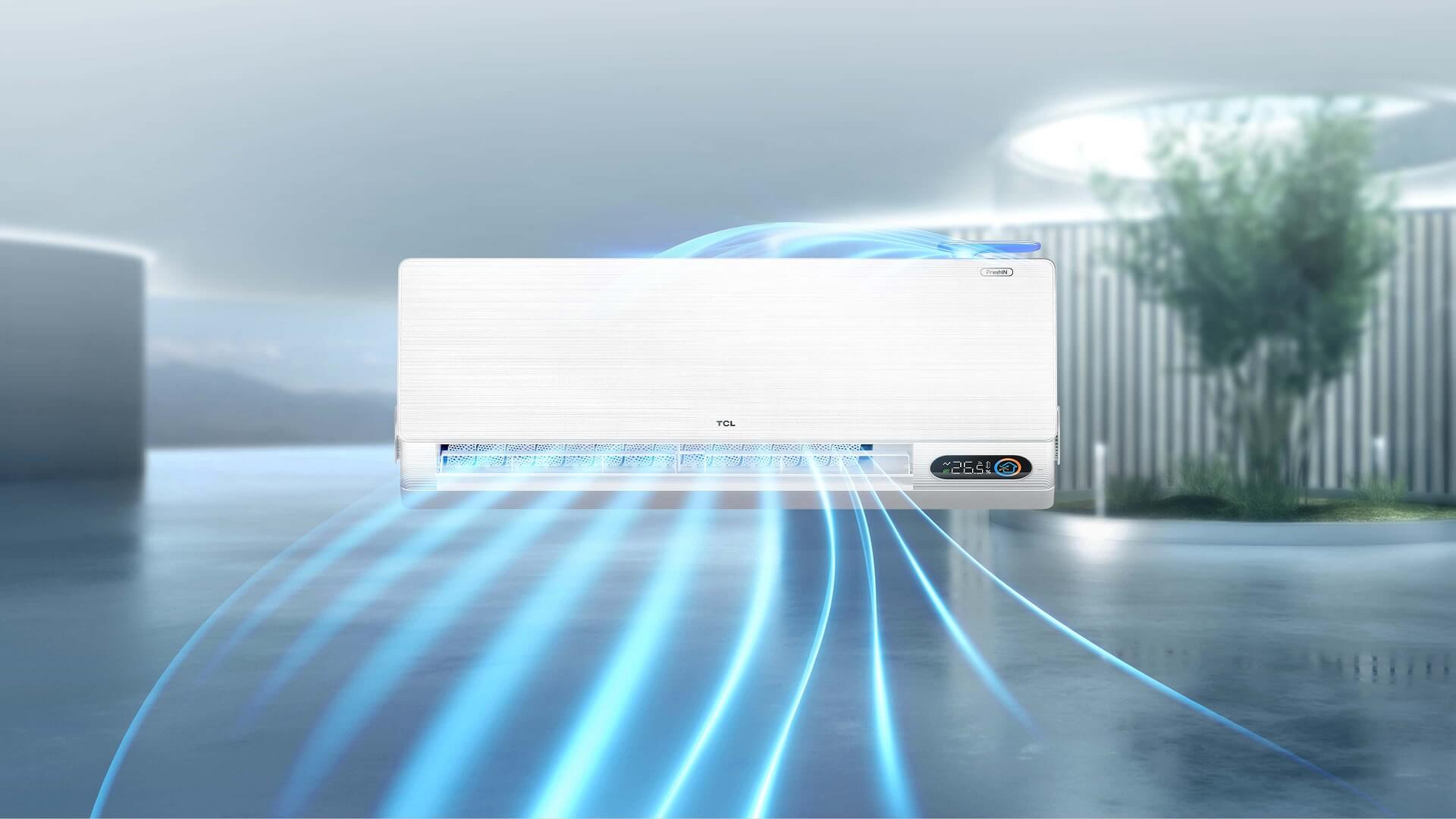How Much Electricity Does an Air Conditioner Consume?
How Much Electricity Does an Air Conditioner Consume?

Introduction
In the summer many areas need to rely on air conditioning to survive the intense heat and you’re probably wondering how much electricity your air conditioner uses. You may also want to know if it’s cheaper to run the unit on or off when no one is home. Here’s what you need to know about these questions to make sure your AC doesn’t end up costing more than it saves you.
In this article, we'll cover everything from how much electricity an air conditioner uses on average to what steps homeowners can take to reduce their usage even further.
How Much Electricity Does an Air Conditioner Use?
Air conditioner usage varies based on the size of your AC. However, generally speaking, a central air conditioner will consume between 3000 and 3500 watts per hour. While window units use between 900 and 1440 watts per hour, portable units consume between 2900 and 4100.
A typical 1500W inverter AC will use roughly 60 units of power (Pa) per hour and a non-inverter 1000W AC will use about 47 Pa/hr. It’s important to note that these numbers depend on other factors like climate, thermostat setting, etc., so they may vary significantly from person to person and season to season.
Using a calculator to find your average monthly power usage is the easiest way to determine how much energy your AC uses. You can check your energy bill, which will have information on how many units of electricity you used that month and what those units cost.
Calculating the Cost of Running an Air Conditioner
You can use a kilowatt-hour (kWh) meter to measure this, but your utility company will usually provide billing data for residential customers. If your utility do not offer these records, calculating it yourself is possible but more complicated than using a kWh meter. To start out with:
Your AC uses 100 watts at full blast;
A single watt-hour represents 1 watt of power used for one hour;
The average home uses about 1/10th of an amp (0.1A) on 120VAC circuits during peak periods and most appliances consume between 1/10th and 1/100th of an amp depending on how much electricity they use;
So if we assume no other electrical appliances running in the house while our air conditioner is running, then we can calculate that each "cycle" takes 10 seconds when full blast and 0.1 amps x 60 cycles = 6 amps x 10 seconds = 60 watts x 100 seconds = 6 kilowatts over one hour. This means if I have my thermostat set at 75 degrees my AC should run constantly until it reaches that temperature - which means it's probably going to take me 5 hours until things get cool enough here!
If your AC is pretty old and has a side-mounted compressor, then it probably uses around 200 watts. If you're wondering how much power an air conditioner uses when it's running, this can be calculated by multiplying the wattage by the number of hours per day and dividing by 1000.
Is It Cheaper to Keep the Air Conditioner ON or OFF?
Many people may wonder whether it is more energy efficient to keep the air conditioner on all the time or only when it is needed.It all depends on the temperature outside and the temperature inside. If you are keeping your home at a consistent temperature, it is cheaper to turn off the air conditioner when you don’t need it. However, if you have frequent fluctuations in temperatures throughout the day and night, it may be better to keep the air conditioner running so that your home will always be comfortable.
There are several factors that influence how much electricity an AC unit uses:
Size of A/C Unit (BTU) - The bigger your AC unit is, the more energy it will consume.
Inverter vs Non-Inverter A/C Units - An inverter uses less energy than a non-inverter.
How often you use your AC can help determine its overall monthly electric bill; however, this won’t matter as much for larger homes with central HVAC systems because their circuit breakers may shut down before anything gets dangerously hot indoors.
The more times you run your AC unit in a day, the more electricity it will use.
How Can I Save Money on My AC Bills?
There are several different ways you can reduce your air conditioner’s energy usage.
Run the air conditioner during off-peak hours
Install shades or drapes over windows that receive direct sunlight from sunrise until mid-afternoon during summer months—and from late afternoon until sunset during winter months.
Close curtains and blinds during the day when no one is in the room that needs to be cooled or heated.
Install solar panels on your roof to generate electricity for your house, which can help reduce usage.
Install a smart thermostat that learns how to save energy for its users over time, so that it will automatically adjust itself according to the weather outside and when people are at home or away from home. It also allows users to remotely control their AC system from their smartphones and tablets. This is especially useful if you have a vacation home where nobody lives most of the year but still want it cooled down occasionally before coming back (or if there’s something wrong with your main system).
Use ceiling fans to circulate cool air throughout your home instead of cranking up your central AC unit for every single room in a house or apartment with many rooms (which can cost hundreds per month).
Use ECO mode. Econ mode, also known as Energy Saver mode, is a setting that functions similarly to central air conditioning. This mode employs less compressor capacity and thus less energy than Normal mode. You may save energy and money at any time, or use it to cool more effectively when the weather isn't too hot, which means you won't have to worry about excessive electricity bills.
Conclusion
We can’t say for sure how much electricity your air conditioner uses, but we hope this article has given you a better idea of what to expect from yours. The most important thing is to know how much it costs to run your unit so that you can make informed choices about how often you use it and when it makes sense to turn off the AC in favor of other cooling options. We also included some helpful tips on how best to reduce your energy consumption.
Visit TCL's official website to check out the different air conditioners, there is always one for you. With inverter energy-saving models at a variety of price points, TCL helps customers enjoy cool comfort while saving money on electricity—and still feel good about doing so!
Connect with us on Facebook, Instagram, Tik Tok & YouTube for the latest updates on our TCL products and events.

HDR vs 4K: What's the difference?
2025-08-28

How to Choose the Right Washing Machine Size
2025-07-31

QLED vs. UHD: Which TV Technology is Best?
2025-02-25

How to Connect Universal Remote to TV?
2024-08-27

YouTube on TV Not Working, How to Fix?
2024-08-24

How to Watch Apple TV on Smart TV
2024-08-22

How to Measure a TV Screen for Perfect Fit?
2024-07-26

How to Clean Air Conditioner Drain Line?
2024-06-27

Set Up Your OK Google Device On Your TV
2024-06-18

What AC Type is Used in Offices?
2024-04-26

How To Remove Lint From Clothes Washing Tips
2024-04-20

How to Reset Your Air Conditioning Unit
2024-03-26

How Does The Refrigeration Cycle Work?
2024-03-23

How Does VPN Work On Smart TV
2024-03-22

How to Open A Locked Washing Machine Door
2024-03-19

Discover the Best Washing Machines for 2024
2024-02-28

How To Get Disney Plus On TV: A Easy Guide
2024-02-25

How To Adjust Your TV Picture to Fit Screen
2024-01-21

How To Convert Your LED TV To A Smart TV
2023-11-30

Tablet Vs Laptop – Which Should You Buy?
2023-11-24

How To Play Games On Smart TV
2023-11-16

What is a backlight in an LED TV?
2023-11-14

How To Level A Washing Machine in Easy Steps
2023-11-11

Who Invented Television: History of TV
2023-06-28

How to Watch Free Live TV on Android TV
2023-05-24

Top 5 Best Browsers for Android TV
2023-05-20

How to Recover Deleted Photos on Android
2023-05-18

What Are the Big Changes for TCL TV in 2022?
2022-09-08

How TCL Smart TVs Enhance Your Life?
2022-08-10

What is the Best TV viewing distance?
2022-04-13

4 Misunderstandings About QLED TVs
2022-04-13

How to use your TCL Android TV
2019-11-07

Which TV Should You Buy
2018-07-06

Google Assistant & Artificial Intelligence
2018-05-23

TCL Named CES 2018 Innovation Awards Honoree
2018-01-31

Voice Control & Multimedia With TCL
2017-10-09

EISA Awards | TCL Wins Best Buy TV 2017-2018
2017-09-26

Which Size TCL TV Is Best for You?
2017-06-08
Copyright © 2025 TCL. All Rights Reserved. TCL SMART DEVICE (MALAYSIA) SDN. BHD. 201001040445 (924370-D).
This site uses cookies to analyse site traffic, improve your experience and personalize ads or other contents. By clicking Accept or continuing to browse the site, you are agree to our use of cookies. See our Cookies Policy here. Learn more
























































































































.jpg)

























































































